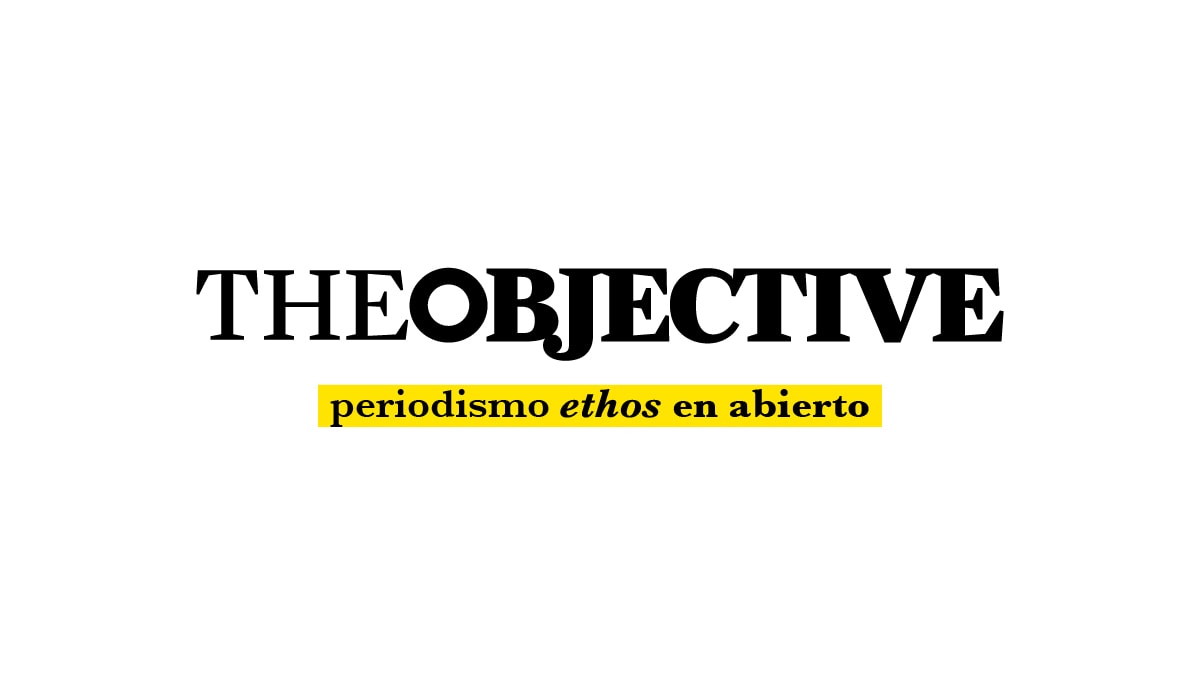
- Select a language for the TTS:
- UK English Female
- UK English Male
- US English Female
- US English Male
- Australian Female
- Australian Male
- Language selected: (auto detect) - EN
Play all audios:
Archeologists have unearthed fragments of laboratory equipment from the former home of Joseph Priestley that could yield new information about the work of the 18th-Century scientist who
first identified oxygen.
Aided by a map found accidentally in England, archeologists last week unearthed pieces of a glass flask, ceramic tubes and other lab equipment. Most exciting to archeologists is the presence
of chemical residue encrusted on some of the items at the Northumberland, Pa., site.
“The residue may lead us to exactly what he was working on,” said Stephen Warfel, an archeologist with the Pennsylvania Historical and Museum Commission.
Priestley’s most productive years occurred in England, where he invented carbonated soda and identified several gases, including ammonia and oxygen. The latter discovery, in 1774, is
considered by some as the birth of modern chemistry.
He moved to America in the 1790s, driven from his homeland because of religious and political views. From 1797 until his death in 1804, the three-story structure overlooking the Susquehanna
River in central Pennsylvania served as his residence and lab.
During that period he identified carbon monoxide and published more than 30 scientific papers.







